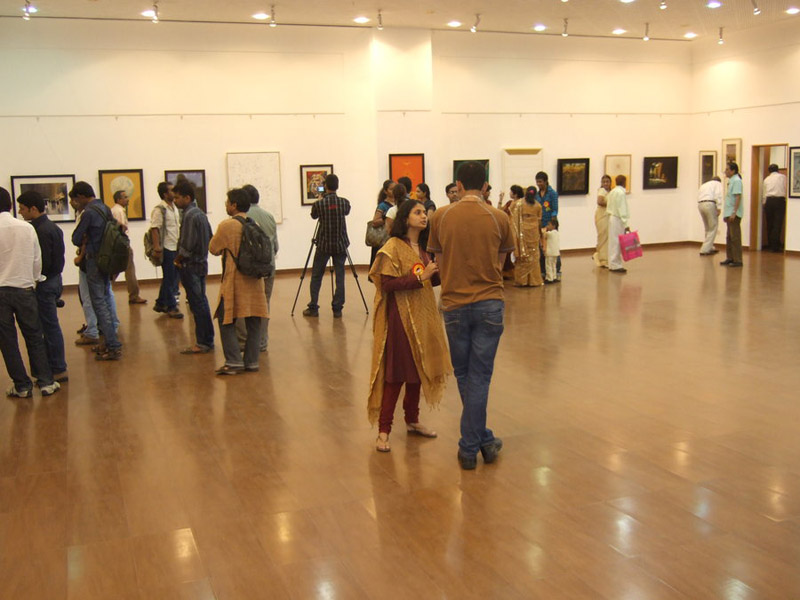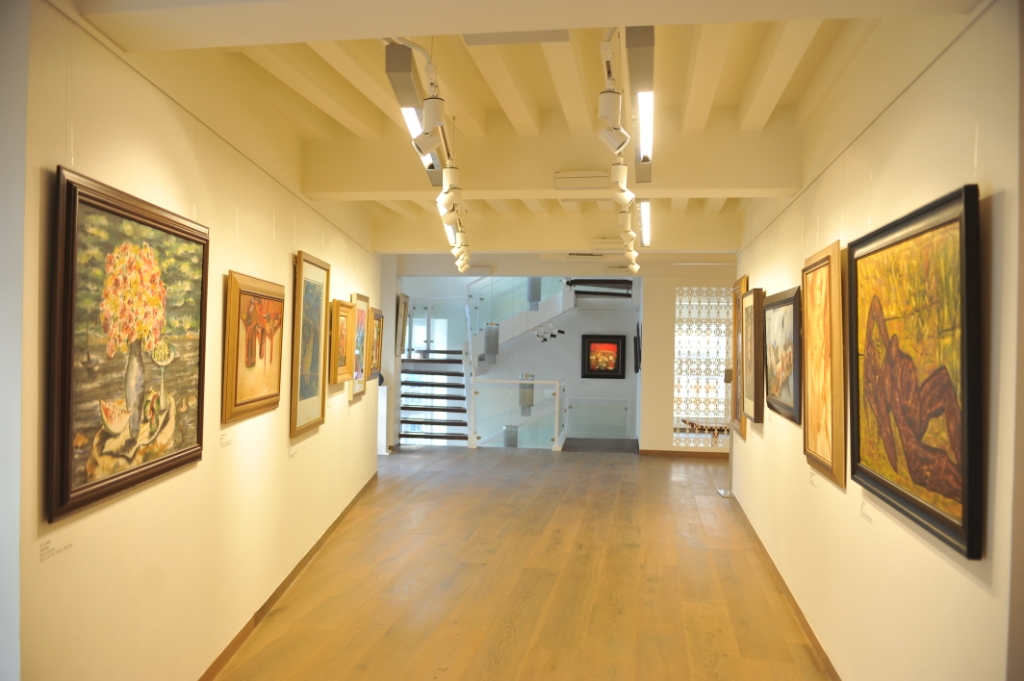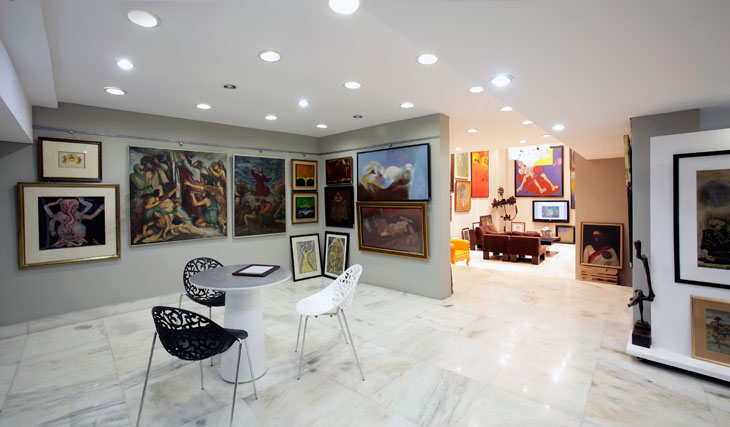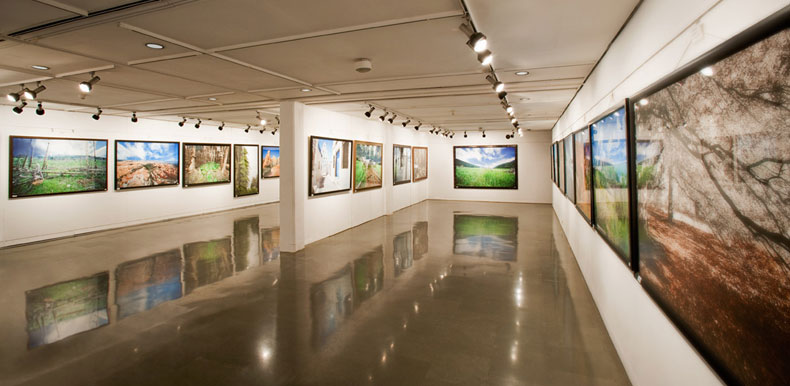Goa-based art historian and curator Lina Vincent Sunish reflects on the distinctive roles of museums and art galleries, highlighting their functional and aesthetic aspects for visitors.
Since the turn of the new millennium, the debate on curatorial practices has been steadily growing around the world, and especially in India, which saw a rise in the number of new museums and art gallery openings in the last decade. In particular, there has been concerted effort and engagement to understand the increasing influence that cultural institutions hold on a diverse set of audience. Museums are considered places of entertainment and education, where different exhibits and curated spaces impart knowledge about the historical significance of an object. Art galleries, on the other hand, are perceived to serve a different purpose, more in tune with the aesthetic of consuming art for pleasure.
In her paper titled, ‘Understanding Museums and Art Galleries,’ Nilofar Shamim Haja raises the idea of varied functionality and purpose of the two spaces, as well as the influence and power they wield in society. She writes, “Through the vagaries of their development and evolution, museums and art galleries are talked about in different context, serve different purposes on the whole and even have varied audience sets.”
For a curator, the materials with which to work differ in both cases. A museum exhibition is mostly based on an existing collection(s) – ones that might have been sourced from different collections, institutions or donations from people or organizations. Historically, museum collections are a result of wars, looting, trade between civilizations; they could be made by nations, communities or individuals; and could be repositories of a wide variety of items. Books, archaeological and anthropological objects, mathematical instruments, precious stones and jewelry, tropical plant remains, antique coins, medals, paintings and sculptures, natural history, and a vast number of other historical items form part of the regular collections of state museums in India.
An art gallery, on the other hand, holds art works connected to a modern and contemporary framework, with the artist and the gallery working in tandem to conceptualize, develop and display the art works.
As Haja mentions “It’s hard not to see where the point of commonality lies between the two (museums and galleries) – both fulfill the essential task of ‘exhibiting’ an object..at once, a nexus of objectification, exhibitionism and spectatorship is created….”
Whether curating for a museum or an art gallery in the Indian context, the methodology of working can be discussed as below:
| Curating for a Museum | Curating for an Art Gallery |
| Curatorial theme and concept to be broad and binding largely to in-house material resources | Curatorial theme can be simple or complex, connecting to artists anywhere in the world |
| Text panels, titles and informative material produced in such a way as to be easily understood by wide range of audiences | Text and information needs only to be directed at specific audiences and clients |
| Items on view usually in large numbers and of variety | Items on view can vary from small to large numbers (depending on solo or group exhibits) |
| Requirement of technical support for conservation, display and presentation, as objects usually of historical value | Requirement of concentrated technical support for display and presentation |
| Exhibition directed towards education of audiences about history and culture | Exhibition usually directed towards commercial sale of works |
| Large number of outreach activities directed at the collective | Few or none outreach activities |
| Longer lasting exhibits | Shorter exhibits |
“Another common ground between a museum and gallery, seen from a post-structuralism front, is that both these institutions have acquired legitimacy as ‘institutions’ …Objects displayed within an institutionalized setting automatically acquire a veneer of authenticity and social acceptability.”
“From a post-modern perspective, museums especially have come to be viewed as institutions exercising ‘power’ over what the masses see and believe are their heritage,” concludes Haja. Read the paper.
The curator often becomes the public face of a show, in both contexts and must necessarily exhibit faith in the subject and the objects on display.
About the Author
 Lina Vincent Sunish is a Goa-based art historian and curator. In the last decade she has worked with arts research, design, curation and public art programming. She contributes to Art & Deal (Delhi) and Nigaah (Karachi/UAE). Her curatorial projects include ‘Between the Lines: Identity, Place and Power – Selections from the Waswo X Waswo Collection of Indian Printmaking,’ at NGMA Bangalore and Mumbai (2013); MEMORABILIA, Sumukha Bangalore (2014) and the currently ongoing Medicine Corner project. She is a curator with the Artist Pension Trust (APTGlobal).
Lina Vincent Sunish is a Goa-based art historian and curator. In the last decade she has worked with arts research, design, curation and public art programming. She contributes to Art & Deal (Delhi) and Nigaah (Karachi/UAE). Her curatorial projects include ‘Between the Lines: Identity, Place and Power – Selections from the Waswo X Waswo Collection of Indian Printmaking,’ at NGMA Bangalore and Mumbai (2013); MEMORABILIA, Sumukha Bangalore (2014) and the currently ongoing Medicine Corner project. She is a curator with the Artist Pension Trust (APTGlobal).











Reblogged this on The Museumphiles and commented:
Intriguing discussion about curatorial differences between museums and art galleries.
Well written.
However, in Indian context, I don’t think I agree with museums being considered places of entertainment or education, otherwise they won’t be empty all over India (may be few exceptions). Neither do art galleries seem to cater to aesthetic sense of Indians. They seem to cater to the new found wealth or Page 3 factor of urban Indians. Art gallery boom is linked to the IT/economic boom in India. The Art fair in Delhi gets packed just like Jaipur literature festival. 90% of audience in both the events have nothing to do with art or literature.
Waoh! This is great discussion. It gives insights on who an art gallery is Vis Avis a Museum curator. Sometimes such knowledge is important to find a ground on heated conversation about curatorial practice between the two.